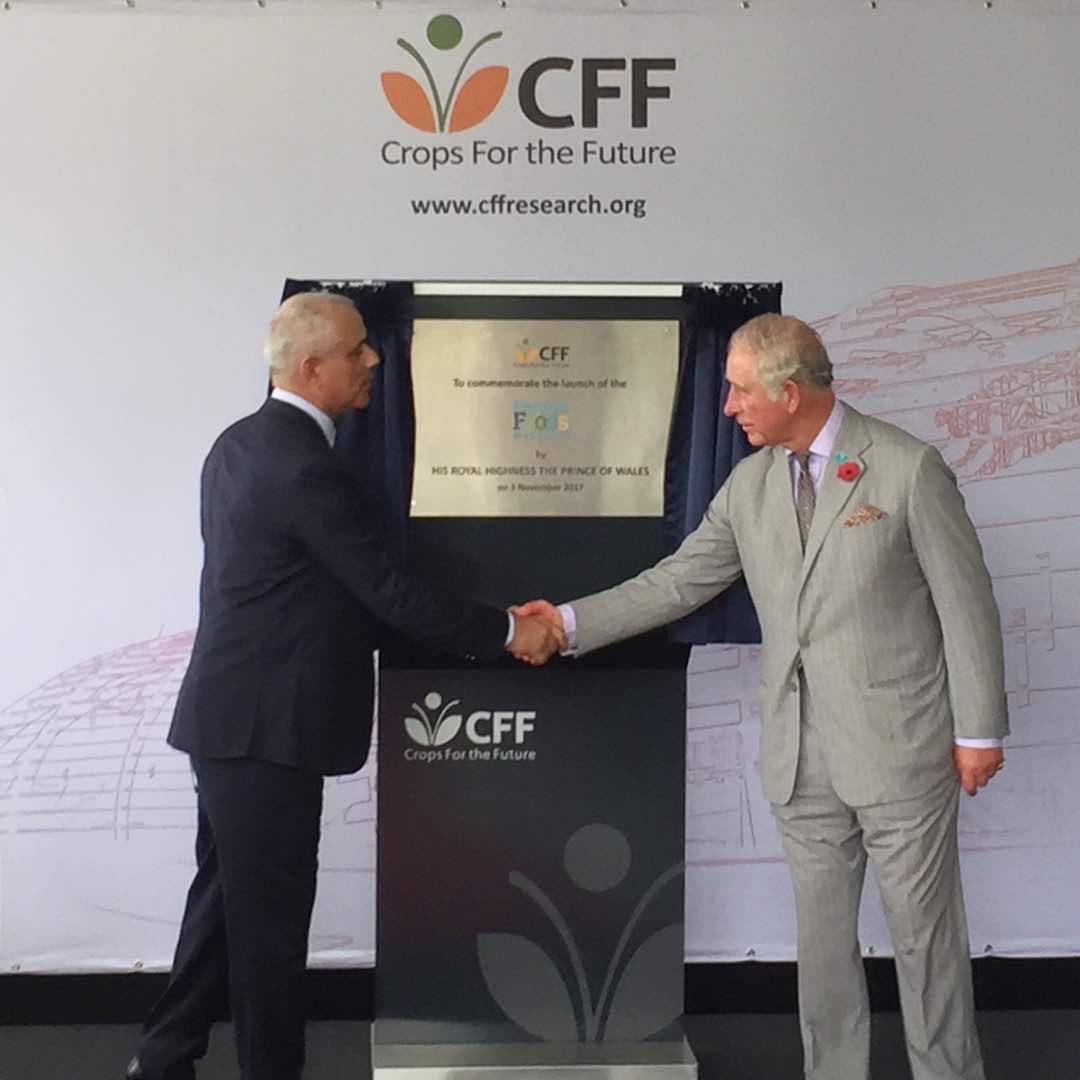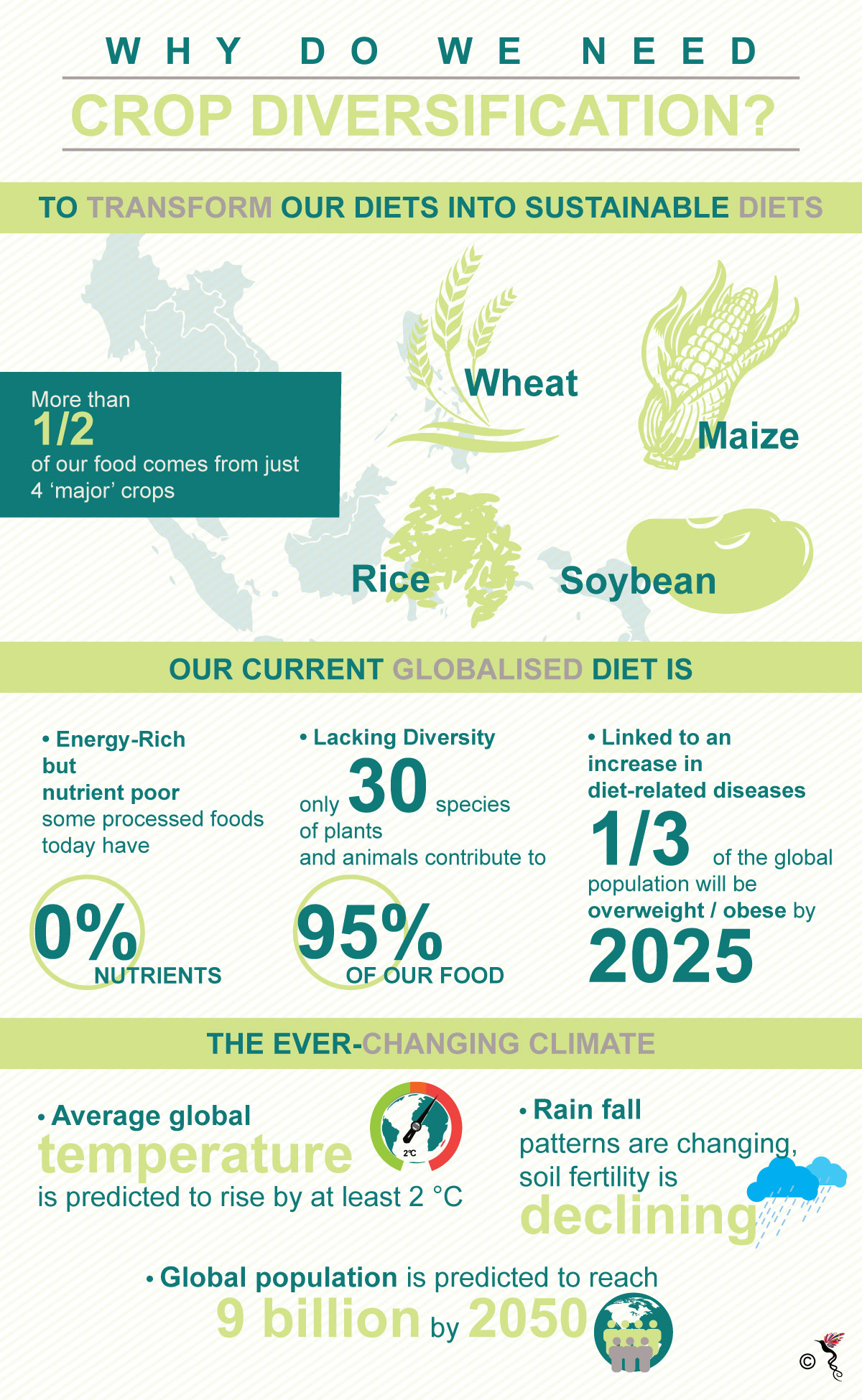The Prince of Wales, Prince Charles and his spouse, Camilla Duchess of Cornwall are in Malaysia as part of an official visit commemorating the 60th anniversary of bilateral relations between the UK and Malaysia. Today, the royal couple is scheduled to visit Penang – home to the Georgetown UNESCO World Heritage site. The last time the Prince of Wales visited Malaysia was 19 years ago during the Commonwealth Games in 1998.
One of the more interesting places that HRH Prince Charles visited in Malaysia was the "Crops for the Future" (CFF) research centre at the University of Nottingham Malaysia Campus in Semenyih – a sleepy town approximately 45-minutes from the Kuala Lumpur city centre. HRH Prince Charles visit to CFF is in line with His Royal Highness’ visit to Malaysia to celebrate the United Kingdom’s partnership with Commonwealth Nations on shared priorities in advance of the Commonwealth Summit, scheduled in April 2018.

In this picture taken on November 3, 2017, HRH Prince Charles (right) visits Crops for the Future (CFF) research centre at the University of Nottingham Malaysia Campus in Semenyih, Malaysia. (The ASEAN Post Photo)
CFF is unique in that it is the world’s first centre dedicated to research on underutilised crops for food and non-food uses. The centre focuses on agricultural biodiversity to enhance agricultural systems and their sustainability, address the changing climate while improving food and nutritional security and economic well-being, especially for the poor.
However, HRH Prince Charles was not only there for a tour of the facility, he was also present to launch the "Forgotten Foods Network" (FFN) – a global initiative spearheaded by CFF which collects and shares information on foods, recipes and traditions that are part of the common heritage.
This programme comes about as a response towards the United Nations Food and Agriculture Organization’s (UN FAO) vision for an "International Year of Forgotten Foods."
What is ‘Forgotten Foods’
"Forgotten Foods" include foods that were once popular but have now been displaced by a modern global diet of uniform and processed ingredients. Currently, there are only four major crops being produced globally which are rice, maize, wheat and soybean. Some examples of local "forgotten foods" comprise of winged beans (or better known as the four-angled bean) and the Bambara Groundnut (Vigna subterranean). The latter is cultivated in Thailand, Indonesia and Malaysia, amongst other crops.
Following the rapid increase in total world population, the global food system is at risk of a collapse. Introducing more local "forgotten foods" can also be a factor in balancing diets with the added advantage of leaving a smaller carbon footprint compared to methods used in modern agriculture.
From here on, FFN will play the role of raising awareness and delving into scientific research on "forgotten foods" and the crops from which they derive. “By creating this network, we hope to discover and share foods that can transform the way we eat now and nourish us in the unpredictable climates of the future,” Sayed Azam-Ali, CEO of CFF, stated in an official press release.

The importance of crop diversification.
The Importance of crop diversification in Southeast Asia
Reliance on only a few crops to not only feed but nourish the growing population in the Southeast Asian region – in the face of a changing climate – is not a sustainable system, it could also pose a major threat to global food and nutritional security. While the global population is projected to grow to nine billion by 2050, the dependence on a small number of crops has led to increasing concerns about human diets being energy rich but nutrient poor.
The perpetual change in climate also poses a red flag when it comes to the lack of crop diversification and soaring populations. As the temperature keeps rising, major crops alone will not be able to feed the human population without depleting the nutrients in agricultural lands. Hence, it is of utmost importance that governments in the region begin exploring concerted research into the development of crop diversification.
Recommended stories:
